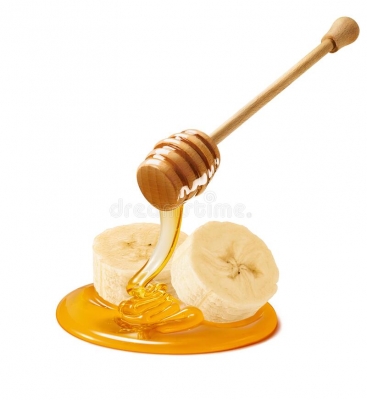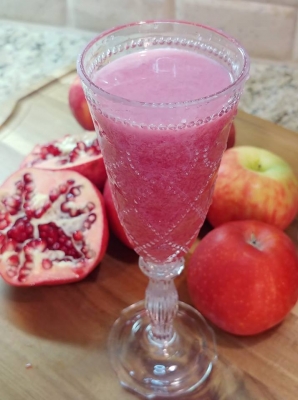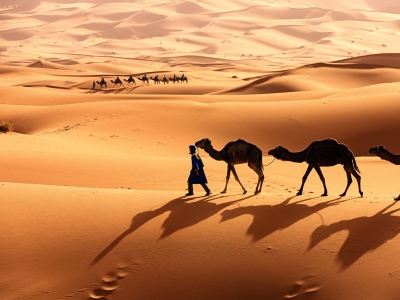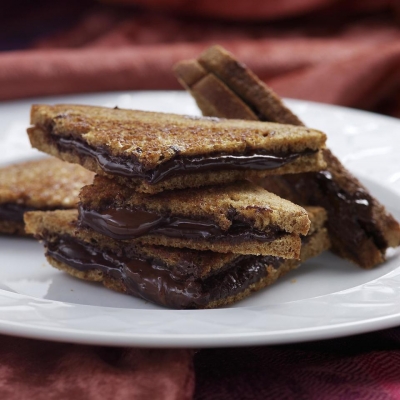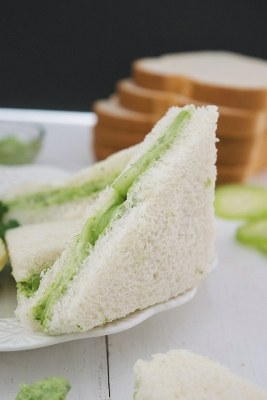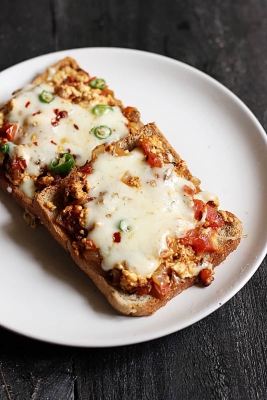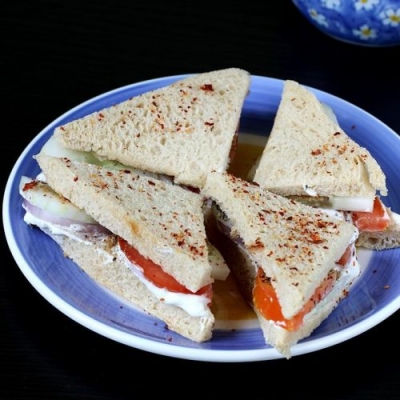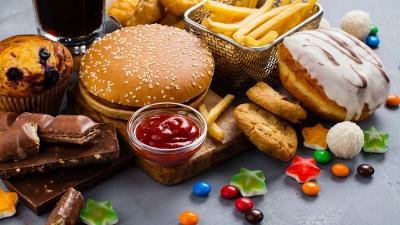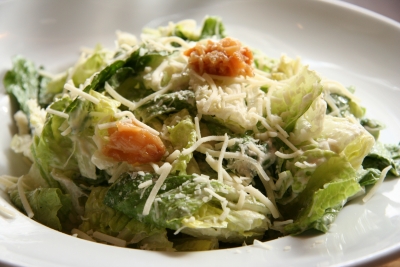SIX SUPER FOODS THAT KEEP YOU HEALTHY
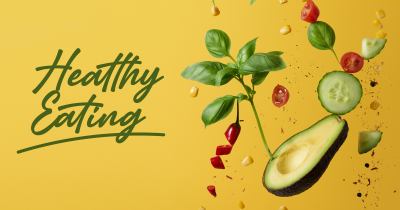
Include these locally-available foods that are rich in fibre, antioxidants, essential vitamins, minerls and healthy fats in your diet.
GOOSEBERRY
Few can resist the joy of eating a gooseberry preserved in brine. Offering a delicious mix of salty, sour and sweet after tastes, the gooseberry has always had a place in our hearts. Had as pickles or plucked directly off the tree and eaten, this every-day berry has a number of health properties. It is a natural blood purifier, boosts immunity, helps in weight management and is good for the skin and hair. Next time you find gooseberries, make sure you eat them.
MORINGA
Packed with anti-oxidants, vitamins and minerals, the moringa is a powerhouse of nutrients. Containing seven times more Vitamin C than oranges and 15 times more potassium than bananas, in addition to iron and amino acids, it helps build muscle and helps the body heal. Eat it as a simple curry or add it to a salad. You could even add moringa leaves to your pasta.
JACKFRUIT
The humble jackfruit is today celebrated for its multiple health benefits. It is considered more nutritious than other fruits because consuming a small cup of sliced jackfruit can give you carbohydrates, protein, fibre, Vitamin A and C, riboflavin, magnesium, pottassium. copper and manganese that your body needs. It helps prevent diseases, especially diabetes. You can eat it ripe or cook raw jackfruit into a stir-fry. Jackfruit is used to make chips, too, and its flour is now used to make cakes, biscuits and even papads.
RAGI
Also known as finger millet, ragi is a cereal rich in protein and minerals. Known for its anti-microbial properties, ragi helps boost immunity and bone health. Ragi is also known for its ability to prevent cancer. Normally had as a porridge or dosa or steamed like an idli or mudde, ragi ncan be had in fancy forms too - it can be added to cookies, muffins, and even in cakes.
BANANA BLOSSOM
A rich source of vitamins, minerals and fibre, the banana flower helps in development of a healthy body and mind. It has the power to cure infections, too and aids digestion. If you don't want to have it as a traditional stir-fry, you could make an interesting salad out of it, by adding other vegetables or fruits, as the banana blossom can also be had raw.
TURMERIC
Many of us started consuming more of turmeric during the first wave of COVID-19. This is because turmeric can help build immunity against viral infections. It contains curcumin, a substance that helps reduce inflammation. In addition to turmeric's anti-spectic and anti-bacterial properties, it can also help relieve pain. So, next time you have your favourite curry, add an extra spoon of turmeric to it.
Picture Credit : Google
